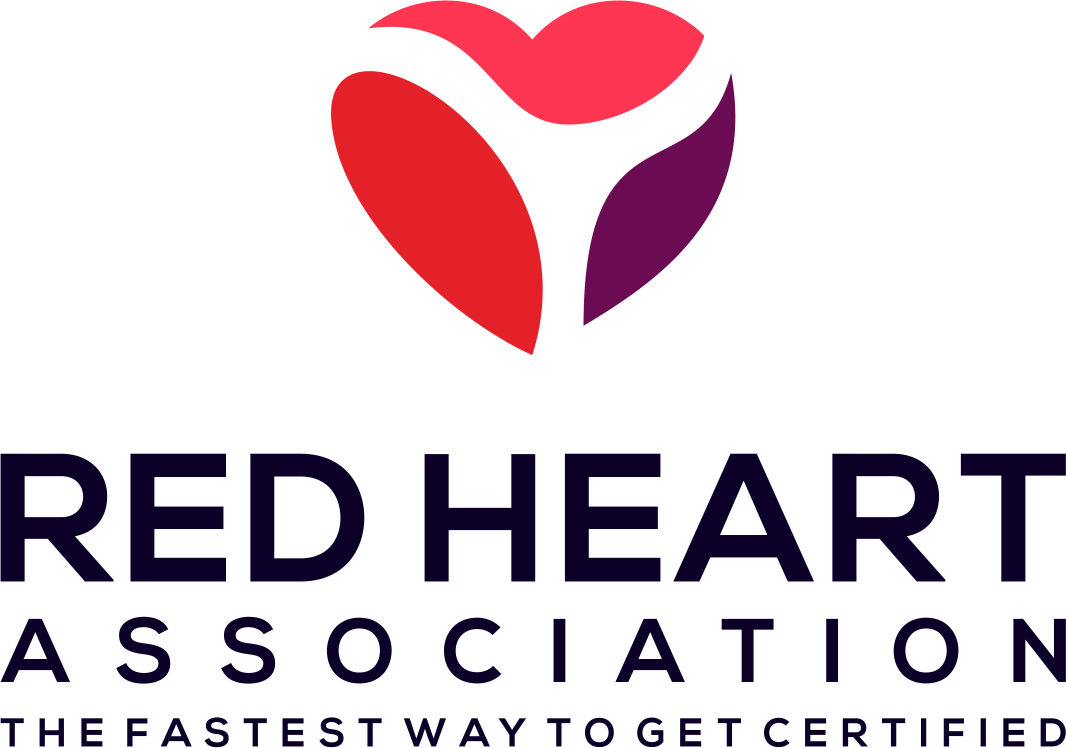What is CPR?
CPR stands for cardiopulmonary resuscitation and is the technique that keeps oxygenated blood flowing to the brain and other vital organs.
The CPR process involves alternating between providing sets of 30 chest compressions and 2 rescue breaths.
Compressions squeeze the heart and move blood towards other organs. Ensuring the chest recoils after each compression allows blood to flow back to the heart. Rescue breaths deliver fresh oxygen to the lungs, which moves throughout the body. This gives the victim more time for survival until advanced medical treatment can be provided.
It is always preferred that the victim is given 30 chest compressions and 2 rescue breaths, but if for some reason that is not possible then chest compressions can be provided without rescue breaths. Continuously provide chest compressions until help arrives or the person is showing signs of recovery.

